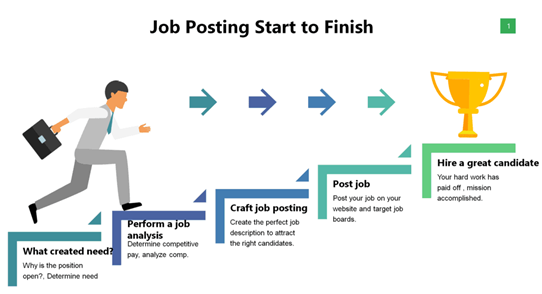Connections - 09.29.22
Practical Tips for Better Recruiting & Hiring

Share this page
Stay Informed on the Latest Research & Analysis from ANCOR
More News
Capitol Correspondence - 07.08.25
DOL Withdraws Rule to Phase Out Subminimum Wage Certificates
Stateside Report - 07.07.25
Stateside Report: July 07, 2025




